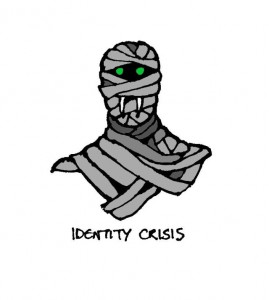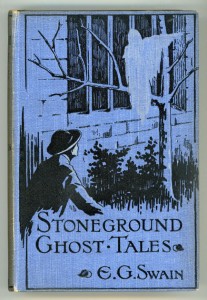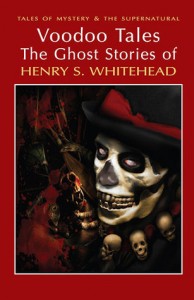OK, who can tell me what connects Silence of the Lambs with Edinburgh Old Town in the 1830s? Yes, the girl at the back, with the green hair and the switch-blade. No, sorry, it’s nothing to do with butchers this time. Not directly, anyway.
It’s the actor Brian Cox, of course.
So, that’s the end of another blog, and next time, we’ll…
What? You want to know why I asked? Oh, alright.
You see, I love Inspector McLevy. I think anyone who likes crime and detective stories, or police procedurals, would enjoy McLevy. He isn’t occult, psychic or any of those weird things you’ve come to expect from me. He’s a tough cop in a tough city. Rebus without a Saab.
And he was a real person, whose history I came across a while ago when I was looking for Victorian period detail. You know, like what brands of mobile phones they had in 1850, that sort of thing. I’m a meticulous writer.
James McLevy (1796-1875) was, by many accounts, the first proper police detective in Edinburgh, in the cheery old days of hanging and transportation.
Magistrate: Why did you steal that loaf of bread, you little vermin?
Street Urchin: ‘Cos I wanted to be a-feedin’ of them kangi-roos dahn under, guv’nor.
Magistrate: Oh God, just string him up anyway.
After time as a nightwatchman with the Edinburgh police, McLevy was given the rank of detective in 1833, and had a successful career which spanned thirty years and a reported 2,220 cases.
This might all have ended up as a minor historical note, except for two things:
1) McLevy wrote up his cases in a number of books from 1860 onwards, around his retirement. How much of what he recounts is true, we can’t tell, but they are not wildly exaggerated tales. They cover the ups and downs of policing Edinburgh Old Town, with its slums and theatres, cobblers and cut-throats. Dickens without the silly names, so to speak.
2) Actor/writer David Ashton decided to create a series of radio plays about McLevy’s fictionalised exploits. These are quite superbly done, terrific fun, and occasionally rather moving. There are TEN series of McLevy now, most of which can be tracked down via the wonderful web (Ashton has written four novels in the same vein, as well).
The real McLevy was a hard worker. He had an insight into criminology, employing stings and forensic techniques. He seems to have had a certain sympathy for the miscreants in his parish, and was not without mercy at times. Eventually he became well enough known to be consulted by parliament and social reformers on the subject of how to deal with criminality.
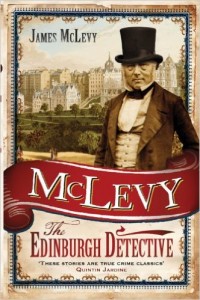 Some claim that because he consulted the medical school of the University of Edinburgh, where Sir Arthur Conan Doyle later studied, he might have influenced Conan Doyle’s creation Sherlock Holmes. Pushing it a bit, maybe, but McLevy was better known back then. Conan Doyle might at least have considered some of the cases when constructing his own stories.
Some claim that because he consulted the medical school of the University of Edinburgh, where Sir Arthur Conan Doyle later studied, he might have influenced Conan Doyle’s creation Sherlock Holmes. Pushing it a bit, maybe, but McLevy was better known back then. Conan Doyle might at least have considered some of the cases when constructing his own stories.
On the radio, Brian Cox gives what I believe is one of his best performances yet as Jamie McLevy, thief-taker in the Parish of Leith. He brings humour and humanity into what can be quite brutal tales, covering such diverse subjects as:
- Revenge tragedies;
- The horrors of the Crimean war;
- Women’s rights;
- Deadly rivalry between brothels, and
- Victorian pornography.
Ashton’s McLevy is instantly accessible. Don’t think “Oh no, boring historical detective with archaic foibles.” He’s dedicated to his job, cranky and occasionally eccentric. He needs his coffee. He has a dry wit, and he eats too many sugary sweets.
The good Inspector (not as high a rank as it is now) has a love-hate relationship with Jean Brash (played by Siobhan Redmond), the owner of a body house, or brothel, called the Happy Land. I’m guessing that there is intended irony from Ashton here, as the real Happy Land was a tenement/slum area in Victorian Edinburgh.
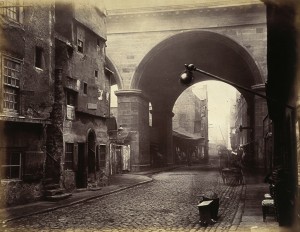
If I wanted to sound really mock-academic, I could point out that it’s also referenced in an 1838 hymn:
There is a happy land, far, far away,
Where saints in glory stand, bright, bright as day
‘The Happy Land’ was therefore sometimes mentioned by spiritualists as where the souls of the departed would end up – if they were lucky.
Curiously, while James McLevy was an Irishman who came to Scotland as an immigrant in his teens, Brian Cox is himself a descendant of Irish immigrants to Scotland. A match born in… well, somewhere up there. David Ashton, for fun, plays Lieutenant Roach, McLevy’s superior.
The other notable character on the radio is Constable Mulholland, McLevy’s assistant, who spends his time getting exasperated with his Inspector, fishing, keeping bees and hitting people with a big stick. And he likes the ladies, but is not the luckiest of fellows. Mulholland is supposed to have been a real contemporary of McLevy’s, but I can’t prove that bit.
I’m always mithering on about occult detectives and period crime, so I look out for spooky references in everything I read or listen to. The radio series does have a subtle, unsettling element sometimes – odd presentiments, a sense of the violence and death which follows McLevy, and a prophetic vision or two from the locals – but the original James McLevy gives little shrift to spookiness. The best you get is the ending of The Cobbler’s Knife:
“This is the only dream-case in my book; and I’m not sorry for it, otherwise I might have glided into the supernatural, as others have done who have had more education than I, and are better able to separate the world of dreams from the stern world of realities.”
And to finish, you’ll have guessed the connections by now. If not…
The brilliant Brian Cox plays Inspector McLevy, but he also played Hannibal Lecter in the original 1986 movie Manhunter, the film adaptation of the book Red Dragon by Thomas Harris, who wrote Silence of the Lambs. In Manhunter, the lead FBI agent/profiler hunting Hannibal was played by William Petersen, who, of course, was Gil Grissom in CSI.
And none of the above are actually from Edinburgh.
